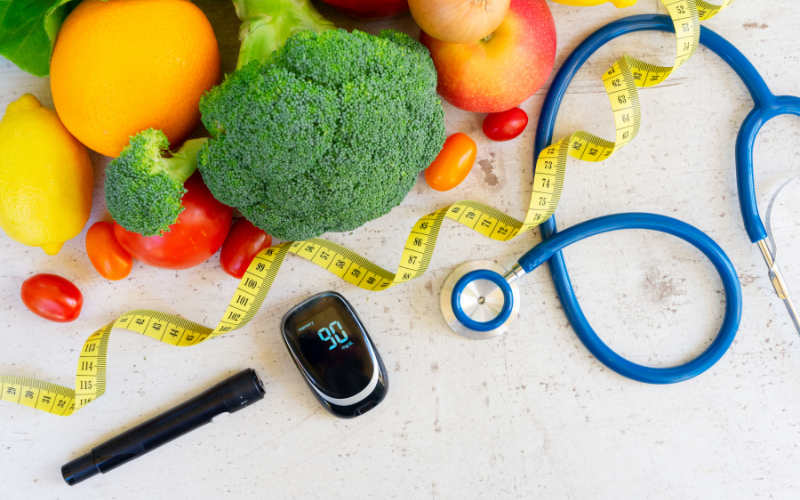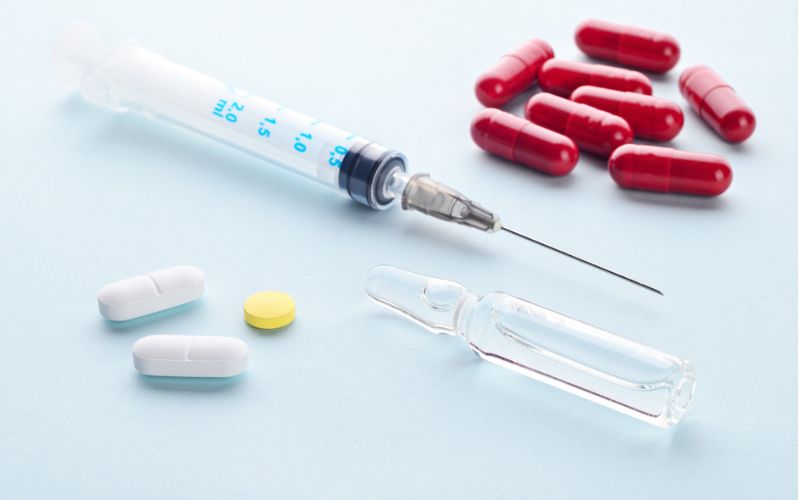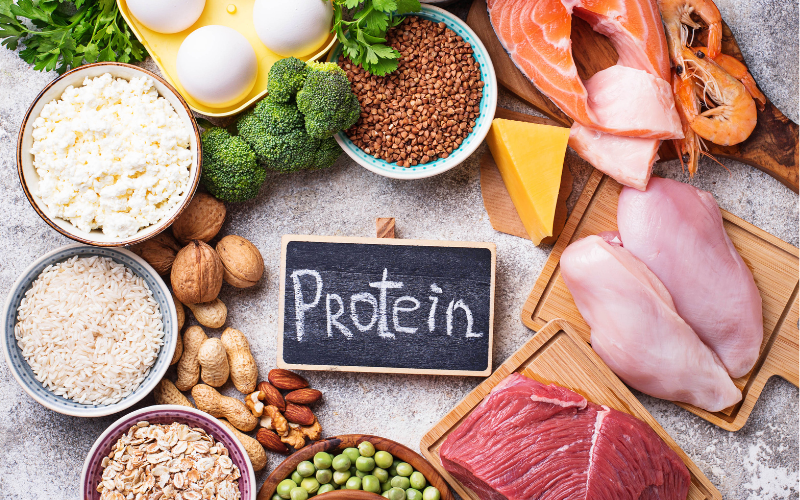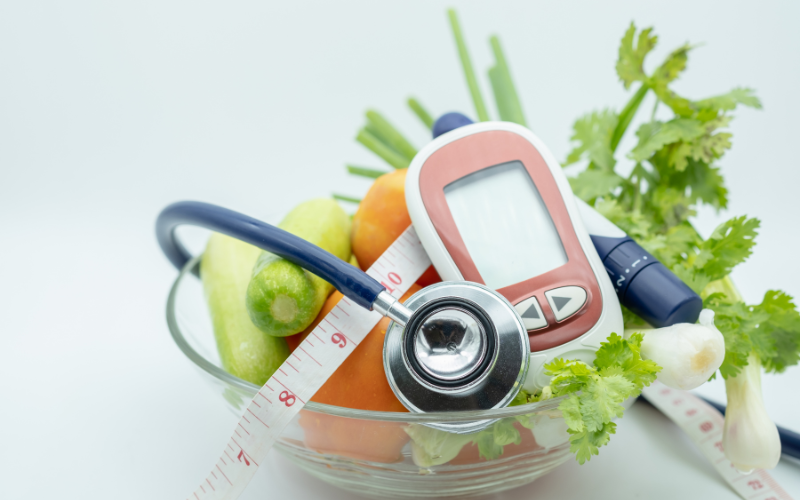How to reverse prediabetes naturally - top 5 tips

Have you recently been diagnosed with prediabetes and looking for answers to how to reverse prediabetes naturally? We can help. This article covers the background on prediabetes as well as the risks, tips to reverse prediabetes and scientific research to support it. Not to mention, the best prediabetes diet.
Prediabetes is a condition in which blood sugar levels are higher than normal but not high enough to be classified as type 2 diabetes. If left untreated, prediabetes can progress to type 2 diabetes, which can lead to serious health complications. However, the good news is that prediabetes can be reversed naturally through lifestyle changes. In this blog post, we'll explore some tips for naturally reversing prediabetes.
What risks are associated with prediabetes?
Unfortunately, people with prediabetes are at a higher risk of developing type 2 diabetes, heart disease, and stroke. In fact, up to 70% of people with prediabetes go on to develop type 2 diabetes and if left unmanaged, it can lead to serious health consequences.
Prediabetes can cause damage to the nerves and blood vessels, leading to diabetic neuropathy, kidney disease, and vision problems. Additionally, people with prediabetes may experience symptoms such as increased thirst, fatigue, and blurred vision. Therefore, it is important to take action to reverse prediabetes and prevent the onset of type 2 diabetes and other complications.
According to the Australian Diabetes Council, an estimated 2 million Australians have prediabetes, and many of them are not aware of their condition.
5 top lifestyle changes to reverse prediabetes naturally
- Lose Weight
Losing weight can help lower blood sugar levels and improve insulin sensitivity. A 5-10% reduction of your body weight can significantly reduce your risk of developing type 2 diabetes. Whether you’re looking for rapid weight loss or moderate weight loss, Dietlicious has plenty of solutions to help you achieve your goals.
- Exercise Regularly
Exercise is one of the most effective ways to lower blood sugar levels and improve insulin sensitivity. Aim for at least 30 minutes of moderate-intensity exercise, such as brisk walking or cycling, on most days of the week.
- Eat a Healthy Diet
Eating a healthy prediabetes diet can help lower blood sugar levels and improve insulin sensitivity. A healthy diet means consuming only a small amount of sugar, refined carbohydrates and saturated fat. You should avoid processed foods whenever possible and opt for natural, wholefoods that are high in fibre, nutrients and antioxidants. A Mediterranean-style diet that is rich in vegetables, fruits, whole grains and healthy fats may be able to reduce the risk of developing type 2 diabetes by as much 52%. Check out our new Diabetic Meal Plan if you need help.
- Get Enough Sleep
Getting enough sleep is important for overall physical and mental health. Poor sleep quality and duration have been linked to an increased risk of developing type 2 diabetes. Aim for 7-8 hours of sleep per night.
- Manage Stress
Stress can increase blood sugar levels and lead to insulin resistance. Practice relaxation techniques such as deep breathing, meditation, or yoga and learn ways to switch off from work and technology for short periods every day. You can also learn how to combat stress with good nutrition.
Scientific studies demonstrating impacts of lifestyle and a prediabetes diet
Several scientific research studies have shown the effectiveness of lifestyle changes in preventing or delaying the onset of type 2 diabetes in people with prediabetes. Here are three of the most important ones and their key findings.
The Diabetes Prevention Program (DPP)
The DPP was a landmark study conducted by the National Institutes of Health that found that lifestyle changes can prevent or delay the onset of type 2 diabetes in people with prediabetes. The study included 3,234 participants who were randomly assigned to either an intensive lifestyle intervention, a medication group, or a placebo group. The intensive lifestyle intervention included a low-calorie, low-fat diet and moderate-intensity physical activity for at least 150 minutes per week. After three years, the intensive lifestyle intervention reduced the risk of developing type 2 diabetes by 58% compared to the placebo group.
The Finnish Diabetes Prevention Study (DPS)
The DPS was a randomised controlled trial that found that lifestyle changes can prevent or delay the onset of type 2 diabetes in people with prediabetes. The study included 522 participants who were randomly assigned to either a lifestyle intervention group or a control group. The lifestyle intervention group received individualised counselling on diet and physical activity. After four years, the lifestyle intervention group had a 58% reduction in the incidence of type 2 diabetes compared to the control group.
The Indian Diabetes Prevention Programme (IDPP)
The IDPP was a randomised controlled trial that found that lifestyle changes can prevent or delay the onset of type 2 diabetes in people with prediabetes in India. The study included 531 participants who were randomly assigned to either a lifestyle intervention group or a control group. The lifestyle intervention group received individualised counselling on prediabetes diet and physical activity. After three years, the lifestyle intervention group had a 28% reduction in the incidence of type 2 diabetes compared to the control group.
Yes, prediabetes can be reversed naturally!
By now, we’ve answered the question of how to reverse prediabetes. Prediabetes is a condition that can be reversed naturally through lifestyle changes such as losing weight, exercising regularly, eating a healthy diet, getting enough sleep, and managing stress.
By following the tips outlined in this blog post, you can prevent or delay the onset of type 2 diabetes and improve your overall health. Remember, prevention is always better than cure.





